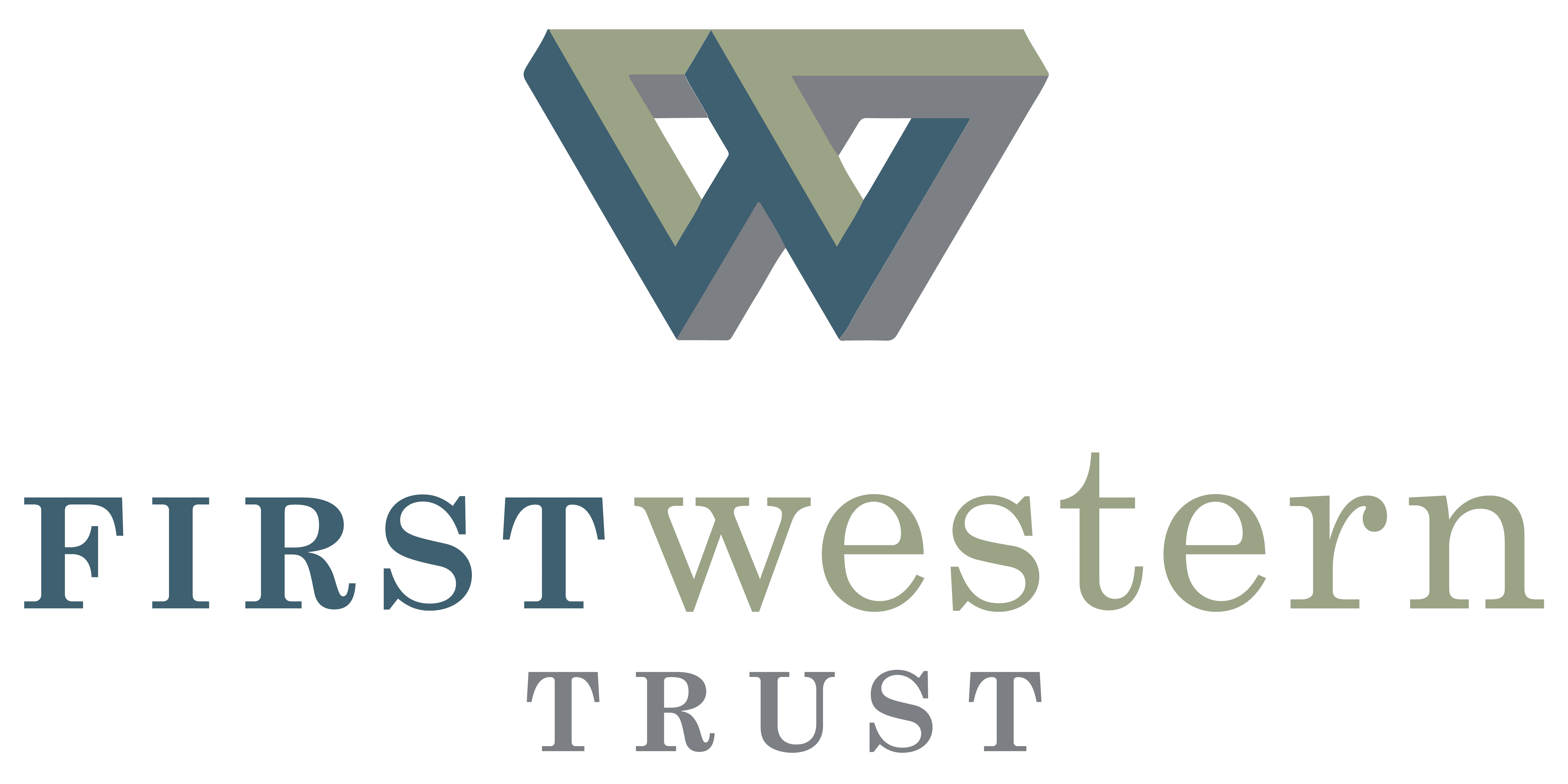
Week in Review: April 30, 2021
May 3, 2021
Recap & Commentary
Equity market returns for the week were relatively muted despite strong economic data and a historically strong start to earnings season. That would suggest that for many investors, those events were already “priced in”.
As expected, the Federal Reserve made no changes to monetary policy following the conclusion of its April meeting. Despite ongoing concerns about the possibility of higher inflation, the committee maintained the Fed Funds rate at its current range of 0.00% to 0.25% and indicated that it is unlikely to make changes until labor markets have more fully recovered and “inflation has risen to 2 percent and is on track to moderately exceed 2 percent for some time.”
President Biden unveiled his American Families Plan. Among numerous measures, the $1.8T plan would provide money for two years of preschool, two years of free community college, and expand numerous family-related tax credits. To pay for these initiatives, a range of tax changes have been proposed. Like other recently announced spending plans, passage is highly uncertain given the current composition of Congress.
Through Friday, 60% of S&P 500 companies had reported 1Q21 earnings. Of those, 86% had beaten their consensus estimate. If 86% were to be the final number, it would be the highest level since industry group Factset began tracking the metric in 2008. Currently, all-in earnings growth is forecasted to be 46%, nearly twice the 24% growth expected at the outset of earnings season.
Economic Bullet Points
A busy week for economic data was highlighted by 1Q21 GDP which expanded 6.4%, up from the 4.3% growth recorded in 4Q20. Consumer spending led the way, accelerating to 10.7%. Government spending also helped, expanding at 6.3%, its fastest pace since 2002. Business spending actually declined 5%, the result of significant inventory destocking. Subsequent restocking will likely aid growth in the second quarter.
The Federal Reserve’s preferred measure of inflation, core PCE, increased 0.4% in March to 1.8%. The measure will likely rise further in the coming months. However, the Fed remains adamant that it will not consider raising rates in the near-term and expects any increase in inflation to be transitory.
Durable goods orders rose 0.5% in March, considerably less than the expected 2.5% increase. That was largely attributable to a drop in civilian aircraft orders which are notoriously volatile. Core business orders were a little stronger, up 0.9%, but less than the expected 1.5% increase.
Personal incomes soared by a record 21% in March, boosted by the most recent round of stimulus checks. Consumer spending rose a more modest 4.2%. As a result, the personal savings rate nearly doubled to 27.6%.
Consumer confidence rose for a fourth consecutive month, reaching its highest level since February 2020. The increase was led by consumers’ assessment of current business and labor market conditions.
Of Note
The Eurozone slipped back into recession in 1Q21 as growth fell 0.6%. That followed a decline of 0.7% in 4Q20. Growth was hampered by Covid-related restriction intended to slow new waves of coronavirus cases. Underlying country data was mixed with France’s economy expanding while Germany’s contracted.
Market Indices Week of 04/30
| S&P 500 | 0.0% |
| Small Caps | -0.2% |
| Intl. Developed | -0.9% |
| Intl. Emerging | -0.4% |
| Commodities | 2.2% |
| U.S. Bond Market | -0.2% |
| 10-Year Treas. Yield | 1.63% |
| US Dollar | 0.5% |
| WTI Oil ($/bl) | $64 |
| Gold ($/oz) | $1,767 |
The Week Ahead
- April Employment Report
- ISM Manufacturing
- ISM Services
- Factory Orders
- Weekly Jobless Claims
Newsletter Sign Up
Insights
Maximizing Your Stock Options: A Guide to RSUs, ESPPs, and Equity Compensation
As a high-earning individual or executive, a significant portion of your compensation is likely tied to equity—whether through stock options, […]
Learn more

Week in Review: October 18, 2024
Recap & Commentary Markets ended the week modestly higher, with the S&P 500 notching its 6th consecutive weekly gain, the […]
Learn more

Week in Review: October 11, 2024
Recap & Commentary Markets ended the week with the S&P 500 at a new record high while notching its fifth […]
Learn more

Building Financial Resilience: The Role of Commercial Lending in Managing Business Cash Flow
Effective cash flow management is essential for the success of any business to cover operational expenses, navigate seasonal fluctuations, and […]
Learn more

October 2024 Market Commentary
In a scene reminiscent of the start of August, markets stumbled again to begin September, as disappointing manufacturing and labor […]
Learn more










